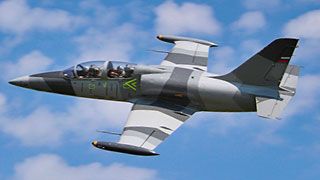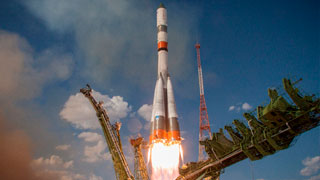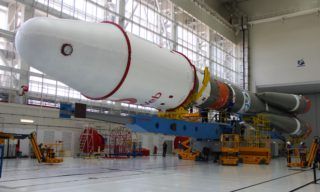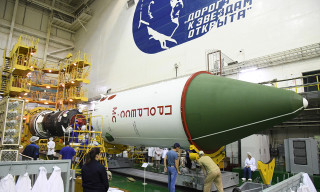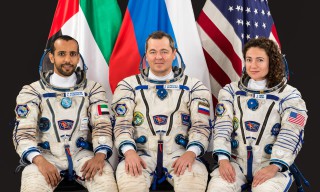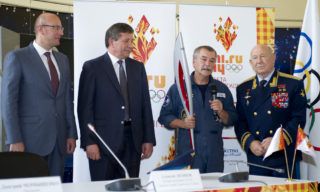The orbit of the International Space Station (ISS) has been corrected before the planned launch of the Soyuz MS-26 manned spacecraft in September and the return to Earth of the Soyuz MS-25. After the manoeuvre performed with the help of the Progress MS-26 engine of the cargo ship docked to the station, the average altitude of the station’s orbit has risen by 3.5 km and now stands at 418.38 km.
The Progress MS-26 cargo ship docked to the Zvezda service module of the Russian segment of the ISS turned on its engines at 07:40 Moscow time on 15 May. According to the Mission Control Centre of the Central Research Institute of Mechanical Engineering, the engines operated for 1,390.3 seconds, producing an impulse of 2 m/s. As a result, the average altitude of the station’s orbit increased by 3.5 kilometres to 418.38 kilometres.
This was the 360th correction of the ISS orbit altitude for the entire existence of the “space residence”, including the 203rd using the engines of Progress spacecraft. The ISS orbit correction is carried out regularly before the launch and docking of spacecraft. Such manoeuvres are necessary for the formation of ballistic conditions: the station needs to be kept in a specified orbit on a regular basis, as it declines under the influence of the Earth’s atmosphere.
The launch of the Soyuz MS-26 manned spacecraft is scheduled for 11 September. It will be launched using a Soyuz-2.1a carrier rocket from Baikonur Cosmodrome and will deliver Roscosmos cosmonauts Alexei Ovchinin and Ivan Wagner, as well as NASA astronaut Donald Pettit to the ISS. Almost two weeks later – on 23 September – the Soyuz MS-25 with Russian cosmonauts Oleg Kononenko and Nikolai Chub and NASA astronaut Tracy Dyson will return to Earth.
The crew of the 71st long-term expedition is now on board the ISS: cosmonauts Oleg Kononenko, Nikolai Chub and Alexander Grebenkin of Roscosmos, NASA astronauts Tracy Dyson, Matthew Dominick, Michael Barratt and Janette Epps.
The crew of the Boeing Starliner spacecraft, NASA astronauts Butch Wilmore and Sunita Williams, whose stay has been extended until 22 June, is also on the station. They will spend 16 days in orbit instead of eight, as originally planned. As noted by the U.S. Space Agency, the additional time will allow to complete planning for undocking the ship and to conduct all necessary operations. It is not excluded that Starliner will fly “home” without crew, and a separate SpaceX Crew Dragon spacecraft will be sent for the astronauts.

